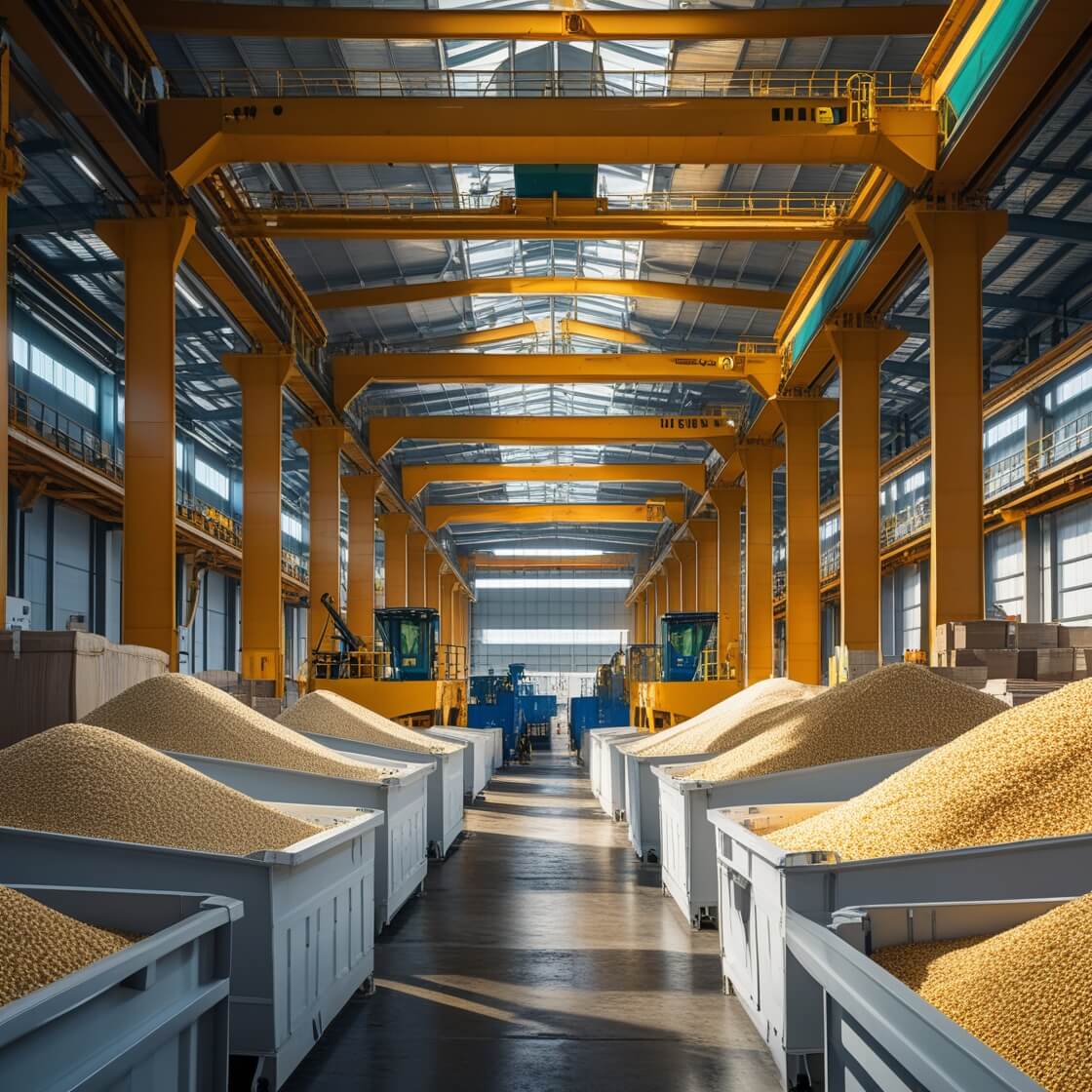Dry Cargo Ships – What Are They and What Types Exist?


Dry Cargo Ships – What Are They and What Types Exist?
Maritime and river transportation is an affordable and reliable way to deliver large volumes of goods. It is used where other options are impossible, and sometimes the sea route is faster and shorter than road, air, or rail transport.
Despite the fact that the average speed of a dry cargo ship is 40, or at most 80 km/h, the absence of intermediate and sanitary stops makes such transportation cost-effective.
Water transport is universal. Ships can carry:
- Bulk cargo;
- Liquids;
- Oversized goods;
- Vehicles;
- Equipment for factories and plants;
- Food products;
- Furniture, and much more.
Depending on the type of cargo, different types of vessels are used for transportation—dry cargo ships or tankers.
What is a Dry Cargo Ship?
A river or sea vessel designed to transport any type of non-liquid goods is called a dry cargo ship.
Such ships are 3/4 composed of spacious holds and are equipped with special onboard lifting devices for loading and unloading goods. The ship's crew, depending on its size, ranges from 3 to 30 people.
What Types of Dry Cargo Ships Exist?
Classification of vessels:
- General-purpose ships;
- Timber carriers;
- Container ships;
- Livestock carriers;
- Refrigerator ships.
The classification shows what dry cargo ships transport, but each type of vessel has structural features and is not suitable for carrying other types of goods.
- General-purpose ships transport general, oversized, and heavy-tonnage cargo in boxes, bales, and barrels. They may have a refrigerated compartment for transporting food products.
- Timber carriers are equipped with reinforced upper decks, as at least 1/3 of the cargo is transported there.
- Container ships carry standard containers in the hold or on the deck.
- Livestock carriers provide all the necessary conditions for the safe transportation of animals, including automated feeding and watering systems.
- Refrigerator ships are massive floating refrigerators that transport large volumes of meat and dairy products.

